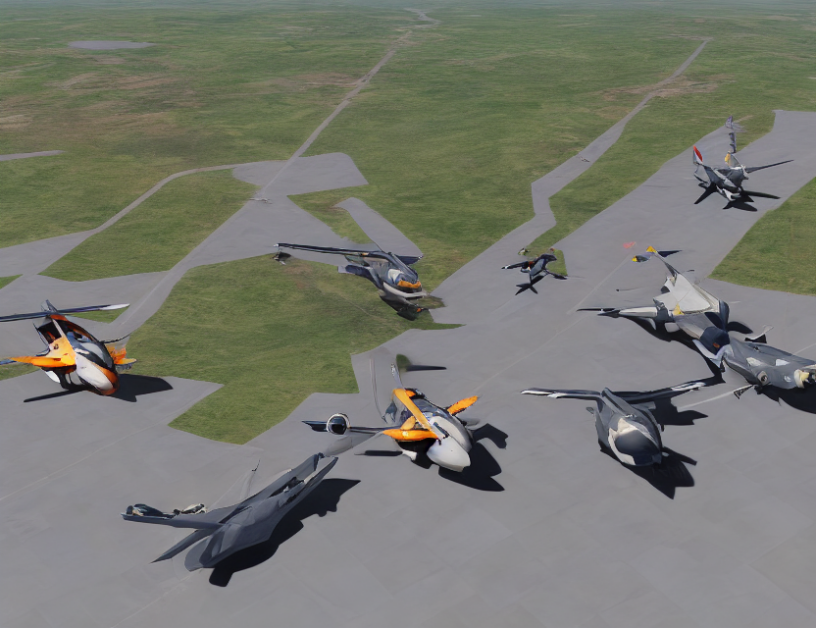In this article, we propose a novel approach to formation maneuver control for time-varying formations. The key innovation is the use of a Laplacian matrix, which allows us to handle both positive and negative edge weights in the formation. This enables the formation to adapt to changing conditions and maintain its desired shape and size.
To understand how this works, think of a formation as a large-scale puzzle. The agents in the formation are like the pieces of the puzzle, and their movements are like the pieces fitting together. The Laplacian matrix acts as a kind of "puzzle piece" that helps the agents find their way to the correct position in the formation.
The proposed method is designed to address the problem of time-varying formations, where the agents must adapt to changing conditions and maintain their desired shape and size. This is achieved through the use of a leader group and follower group, with the leaders determining the time-varying maneuver parameters such as scale, orientation, translation, and shape, while the followers try to form the desired formation.
One of the main advantages of our approach is that it can handle both positive and negative edge weights in the formation, which allows for greater flexibility and adaptability. Additionally, the method can be extended to general linear multi-agent systems under certain conditions, making it a versatile solution for a wide range of applications.
The article presents theoretical results through simulations, demonstrating the effectiveness of the proposed method. The results show that our approach can successfully handle time-varying formations and maintain their desired shape and size in the presence of uncertainty.
In summary, this article proposes a novel approach to formation maneuver control for time-varying formations using a Laplacian matrix. The proposed method allows for greater flexibility and adaptability, enabling the formation to adapt to changing conditions while maintaining its desired shape and size. The approach can be extended to general linear multi-agent systems, making it a versatile solution for a wide range of applications.
Electrical Engineering and Systems Science, Systems and Control
Formation Maneuver Control of Mobile Agents Under Time-Varying Conditions



